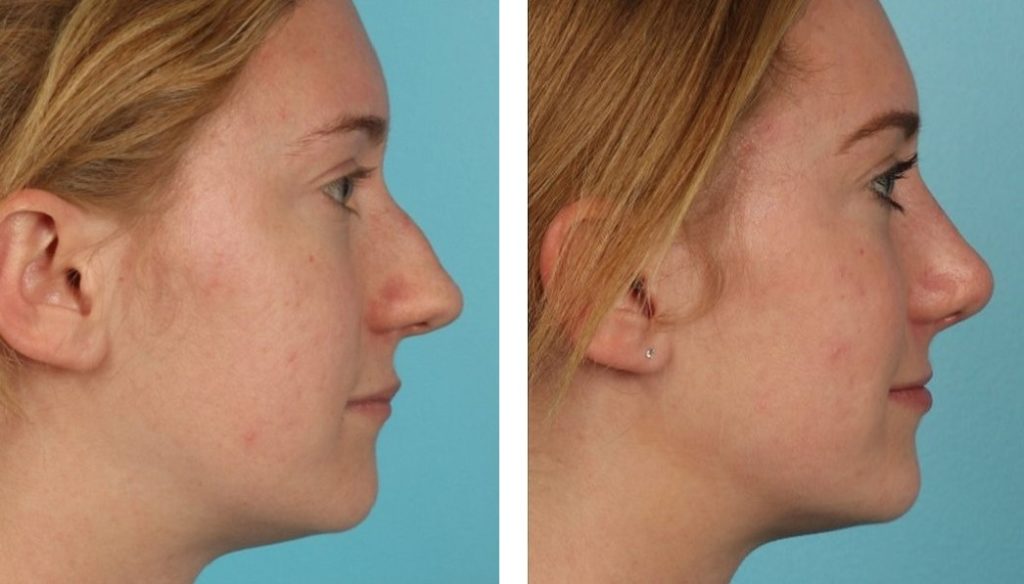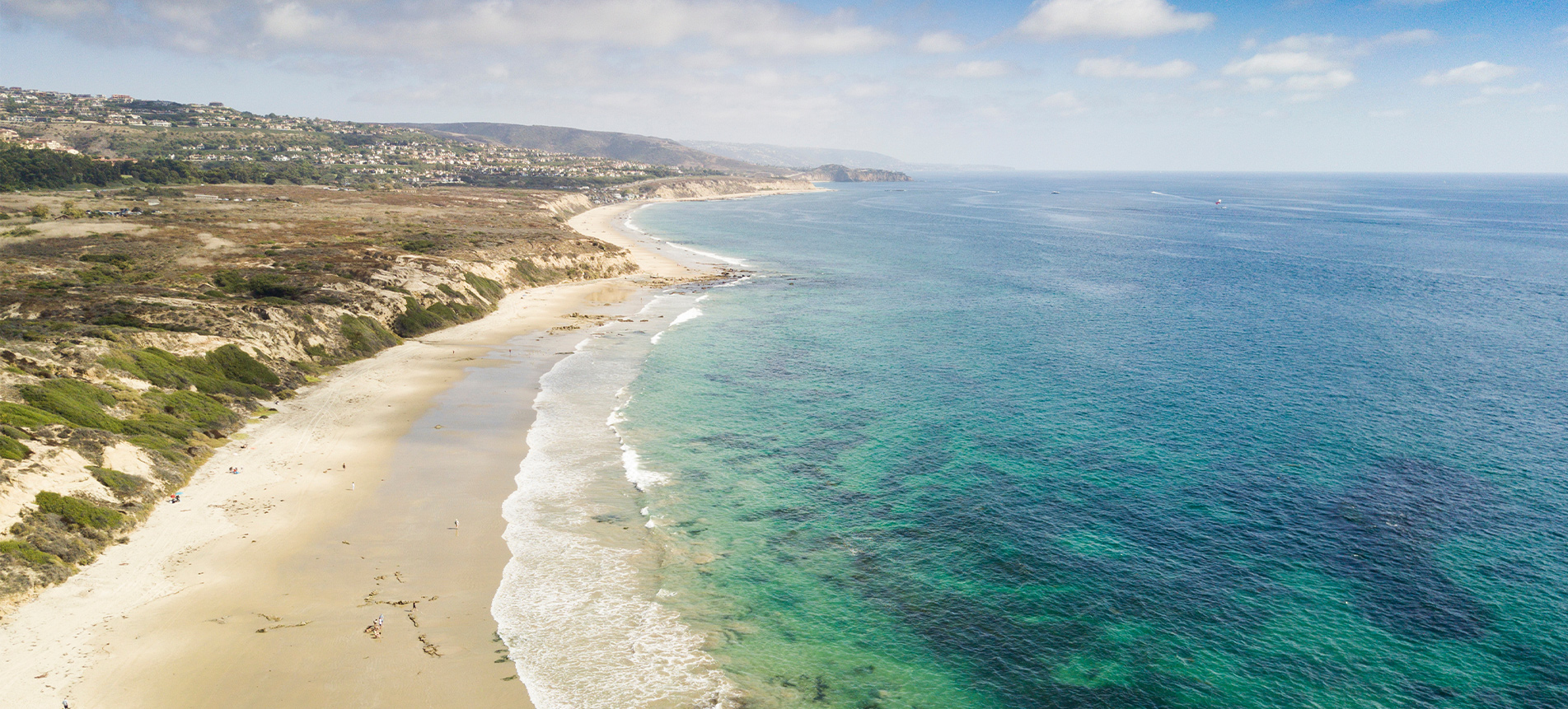Expertise in Facial Rejuvenation
Rhinoplasty
Rhinoplasty can reduce or increase the size of your nose, change the shape of the tip or bridge, narrow the span of the nostrils, or change the angle between your nose and your upper lip. It may also correct a birth defect or injury, or help relieve some breathing problems.
To learn more about Newport Beach rhinoplasty with Dr. Keyian Z. Paydar, schedule your personalized consultation by calling (949) 755-0575 or by filling out our online form. We are located in Newport Beach and proudly serve patients visiting from all over Southern California, including the areas of Los Angeles, Beverly Hills, San Diego, Laguna Beach, and more.
Who is a Rhinoplasty Candidate?
The best candidates are people who seek to improve the appearance or functionality. Age may also be a consideration. Many plastic surgeons prefer not to operate on teenagers until after they’ve gone through puberty.
How do I prepare for my Rhinoplasty?
Dr. Paydar will evaluate the structure of your nose and face and discuss the possibilities with you. He will also explain the factors that can influence the procedure and the results, including the structure of your nasal bones and cartilage, the shape of your face, the thickness of your skin, your age and expectations.
Be sure to tell Dr. Paydar if you’ve had previous nose surgery or an injury to your nose, even if it was quite some time ago. You should also inform him about any allergies or breathing difficulties you may have.
What happens during a Rhinoplasty in Newport Beach?
During the surgery, the skin of the nose is separated from its supporting framework of bone and cartilage, which is then sculpted to the desired shape. The specifics of the sculpting, depends on the nature of your problem and Dr. Paydar’s preferred technique. The skin is then re-draped over the new framework. Many plastic surgeons do this from within the nose, making the incisions inside the nostrils. The “open” procedure is also used in many cases. Once the surgery is complete, a splint will be applied to help your nose maintain its new shape. Nasal packs or soft plastic splints may be placed in your nostrils to stabilize the septum, the dividing wall between the air passages.
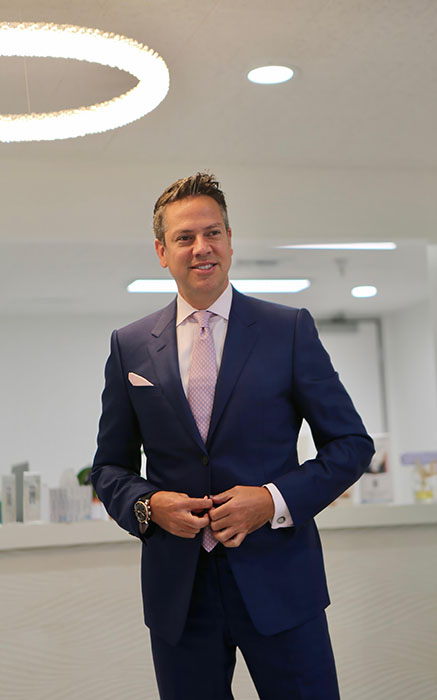
Excellence & Artistry
Dr. Keyian Paydar is an award-winning clinical professor and board-certified plastic surgeon with over 20 years of experience. He performs a full spectrum of aesthetic plastic surgery procedures, including breast enhancement, tummy tucks, and liposuction, in addition to face procedures like facelifts, brow lifts, fat injection, and eyelid surgery.
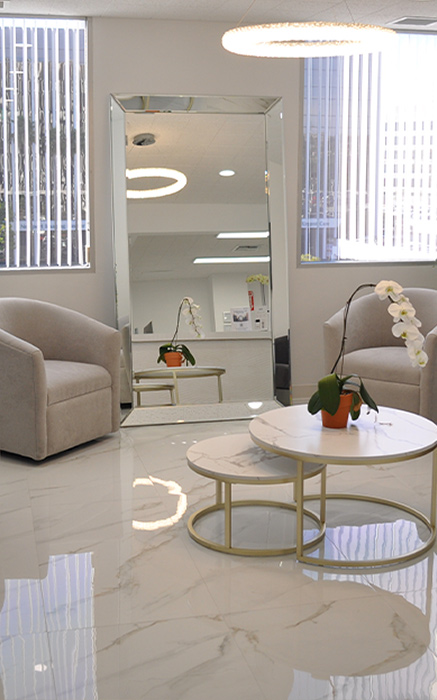
What is the Rhinoplasty Recovery Process?
After surgery, particularly during the first 24 hours, your face will feel puffy, your nose will ache and you may have a dull headache. Plan on staying in bed with your head elevated for the first day. You’ll notice that the swelling and bruising around your eyes will increase at first, reaching a peak after two to seven days. You may apply a cold compress to reduce the swelling. Most of the swelling and bruising should disappear within two weeks. Some subtle swelling may remain for months, especially in the tip of the nose. The final results of rhinoplasty may not be apparent for a year or more. A little bleeding is common during the first few days following surgery, and you may continue to feel some stuffiness for several weeks. Dr. Paydar may ask you not to blow your nose for a week or so while the tissues heal.
If you have nasal packing, it will be removed after a few days. All dressings, splints and stitches should be removed within one or two weeks. You can wear contact lenses as soon as you feel like it; however, if you wear glasses, they will have to be taped to your forehead or propped on your cheeks until your nose is completely healed in approximately seven weeks.
What are the Risks of a Rhinoplasty?
After surgery, small burst blood vessels may appear as tiny red spots on the skin’s surface. These are usually minor but may be permanent. When rhinoplasty is performed from inside the nose, there is no visible scarring, but when an “open” technique is used, there will be small scars al the base of the nose.
Newport Beach Rhinoplasty FAqs
It is best done under general anesthesia.
Immediate improvement of your symptoms or aesthetics with swelling and bruising that last for 10-14 days. Otherwise swelling will gradually decrease and can last up to 6 months post op.
Think about all the functional or breathing issues you may have and if they are associated with allergies or seasons. What makes it better or worse. Also think about the cosmetic improvements you are looking for.
No, its an elective operation and smoking doesn’t allow full healing or can cause inappropriate or longer healing.
Usually in 2 to 3 weeks.
Yes, everyone has a unique look before and after rhinoplasty.
Fixing a crooked septum or shrinking the turbinates or opening up the internal valve can all lead to better air flow.
Open refers to a very small incision in the columella or lower aspect of you nasal skin that extends to the nasal lining, whereas closed means the incisions are on the lining only.
No, you will more than likely have splints placed instead that will be removed in office after a week.
Nose is the center piece of the face so the slightest improvements in the shape result in a greater harmony in addition to any breathing improvements.
When there is functional problems like breathing. Some surgeons may not take insurance.
Try to get some sleep and try not to be anxious, but these are the most common things patients feel prior to rhinoplasty.
Typical to most plastic surgery operations, the risk of hematoma, pain, contour deformity, and asymmetry.
Keep your head elevated to decrease swelling. Do not take medications or food that cause excess bleeding. Do not rest sunglasses over the nose.
Couple of weeks for swelling and bruising. Swelling an ultimately last for 6 months.
Walking is encouraged early on, but no heavy lifting or exertion for 4-6 weeks.
The bone work causes some pain but is tolerable with anti-inflammatory meds usually.
After an internal nasal exam, if the septum is deviated and is causing obstruction of air flow you will need septoplasty.
After the nasal bones have undergone full growth. So usually after puberty.
Due to excess scarring from the previous operation(s) and the very limited space for surgical dissection, there is minimum room for error.
To some degree but healing is unpredictable in each individual.
In a fully accredited outpatient surgery center, Newport Aesthetic Surgery Center (add link here) under general anesthesia with a board certified anesthesiologist present the entire operation.
